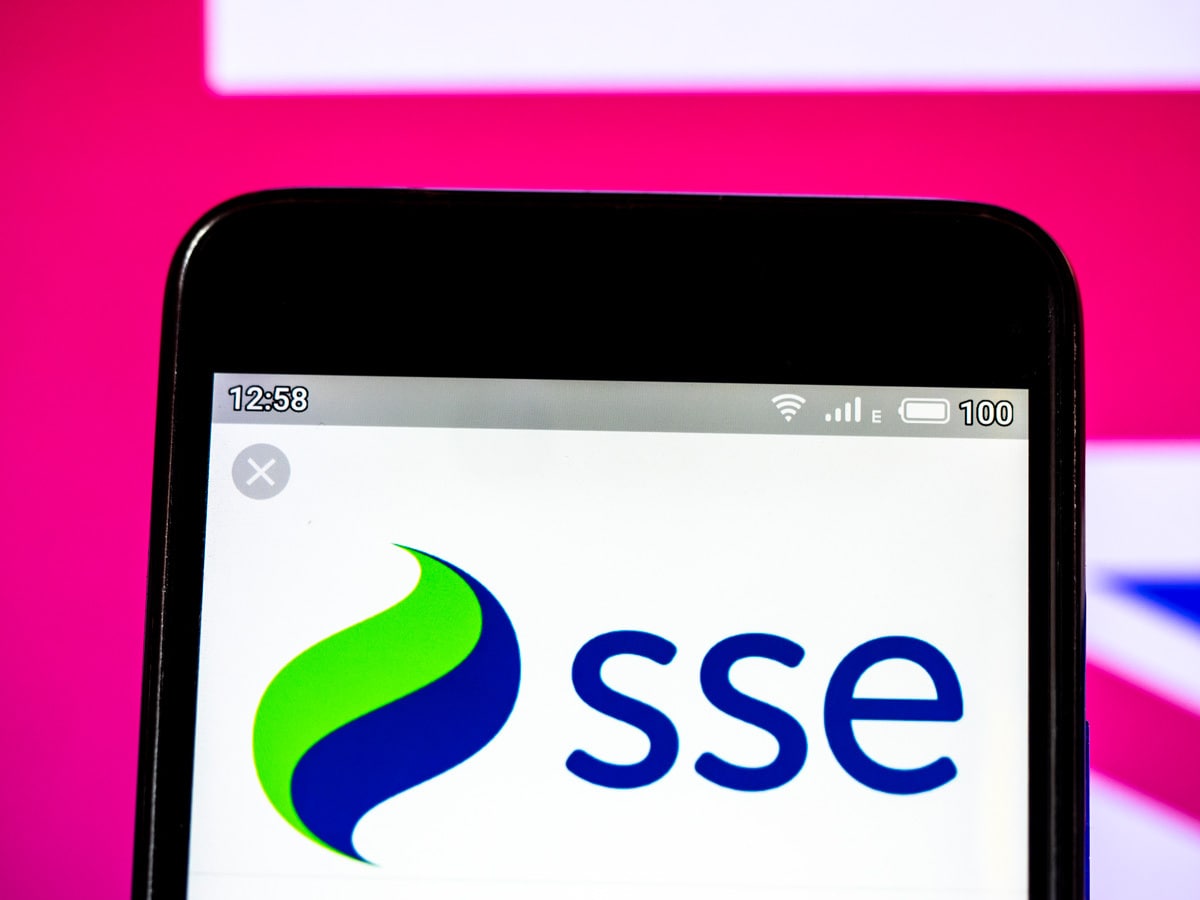SSE’s share price has been volatile as cooling wholesale gas prices and the threat of a windfall tax on profits sap at investor sentiment. Still, first quarter earnings exceeded the company's own expectations and investors will be hoping for more of the same when half-year results come out on Wednesday.
SSE’s [SSE.L] share price has had a volatility 2022. Rising wholesale gas prices sent the stock soaring to a year high of 1,935p in intraday trading on 18 May. However, the threat of a windfall tax and cooling gas prices have seen the stock yo-yo over the summer and autumn, with SSE’s share price closing on Friday 13 November at 1,627.5p.
Half-year results which are due to be released on Wednesday will provide insight on how SSE is balancing its traditional electricity generation business, with its heavy investment in renewables. Yet, Thursday’s Autumn statement from UK Chancellor Jeremy Hunt could make a substantial impact on the stock. Hunt is expected to impose a higher tax rate on energy companies as he attempts to patch up the Treasury’s £60bn fiscal hole.
SSE’s share price gathers momentum
Since hitting a 52-week low of 1,405p on 13 October, SSE’s share price has gained over 15% as of Friday’s close. Going into this week’s half-year earnings update, shareholders will be hoping that a solid set of numbers helps maintain this momentum.
The FTSE 100 power generation company has been shifting from gas-fired power stations to renewable sources such as wind, hydro and thermal power. This could make SSE stock an option for those looking to blend traditional and renewable power generation.
For the year ending 31 March, the combined operating profit from its electricity networks businesses came in at £731.3m, up 47.2% year-on-year. Operating profits for renewables came in at £568.1m, down 22% year-on-year. SSE said this was due a drop in developer profits in a business SSE has a stake in. Excluding this, renewable profits were broadly flat while a dry summer led to a 7% decrease in output.
Overall, operating profits in the period rose 15% year-on-year to £1.5bn thanks to higher allowed revenues in the transmission business. Group revenue came in at £8.6bn, up from £6.83bn the previous year.
SSE guides for improved earnings
In a 27 September trading update SSE said that it expects adjusted earnings of 40p per share for the six months to 30 September 2022, up from 10.5p per share in the same period the previous year. The earnings reflect a “balanced business mix” with good performance from gas and thermal storage offsetting renewable output which was 13% below planned output for the year to 22 September. Adjusted net debt is expected to be around £10bn at the end of 30 September.
Developments to watch in the reported period include the construction of what will be the world’s largest offshore wind farm off the North East coast of England. Any update on the disposal of a 25% minority stake in SSEN Transmission will also be watched. In its first quarter earnings update, SSE confirmed the formal disposal process had begun with a planned sale pencilled in for the end of SSE’s calendar year.
During the first quarter, SSE reported earnings that “slightly exceeded” expectations and it said it expects to post full-year adjusted earnings per share of at least 120p, up 25% year-on-year, with capital expenditure and investment to total in excess of £2.5bn.
Autumn statement could be a headache for SSE
SSE and other energy companies have benefited from surging wholesale electricity prices triggered by the Ukraine–Russia conflict. This has led to a windfall tax on profits at a time when household bills have been mounting.
Unsurprisingly, SSE has been vocal in its opposition to a mooted windfall tax, arguing that it would affect investor confidence at a time when it is investing heavily in projects across the UK. In June, SSE chief executive Alistair Phillips-Davies described the then Chancellor Rishi Sunak’s plans to impose a 25% levy on oil and gas producers as “unhelpful”. Separately, a planned revenue cap on low carbon electricity generators could hurt the bottom-line for suppliers like SSE that are investing heavily in renewables.
Thursday’s Autumn statement from the Chancellor of the Exchequer Jeremy Hunt will be crucial for SSE and other energy companies. The Guardian reports that Hunt could up the levy from 25% to 30%. What Hunt says, and its implications for SSE’s bottom line, could move the energy company’s share price more than the half-year results.
For income seekers, SSE has maintained a regular dividend payment. Last year, it paid out a final dividend of 60.2p per share and the stock has a forward yield of 5.27%.
Of the 16 analysts polled by the Financial Times, SSE has a median price target of 1,870p, representing a 14.9% upside on Friday’s close.
Continue reading for FREE
- Includes free newsletter updates, unsubscribe anytime. Privacy policy





